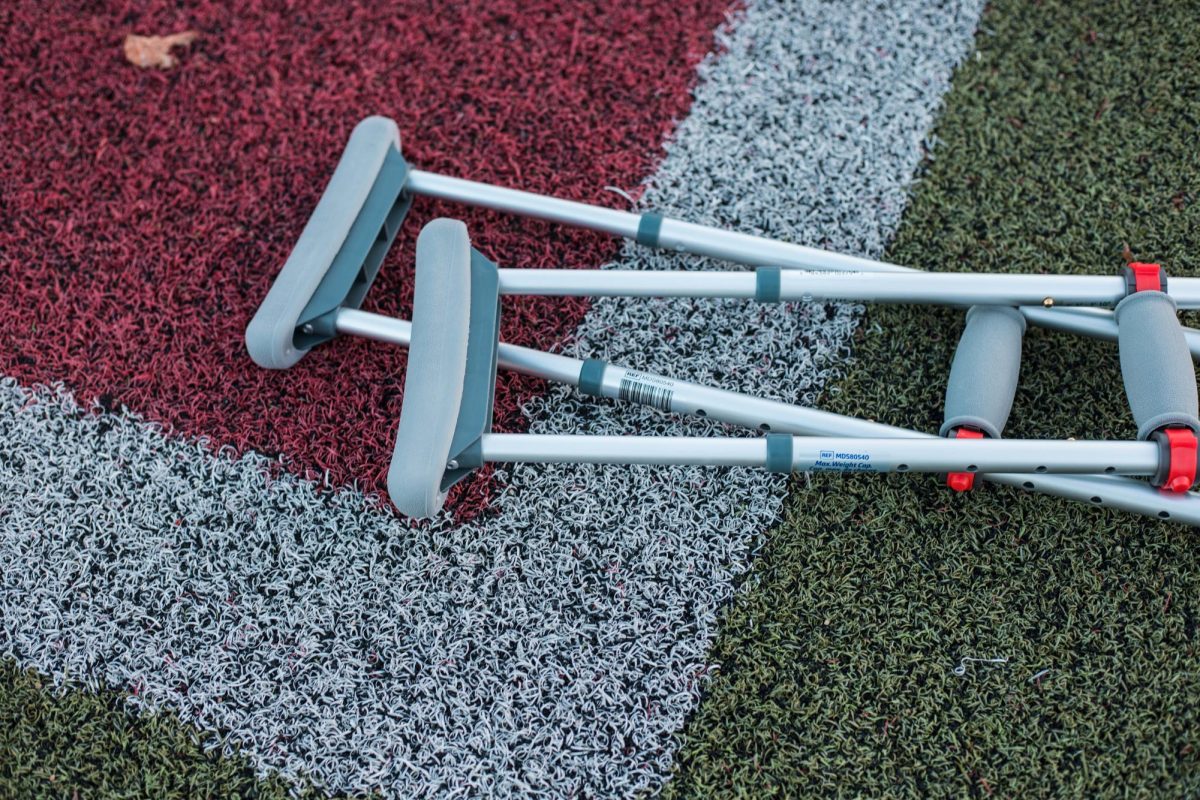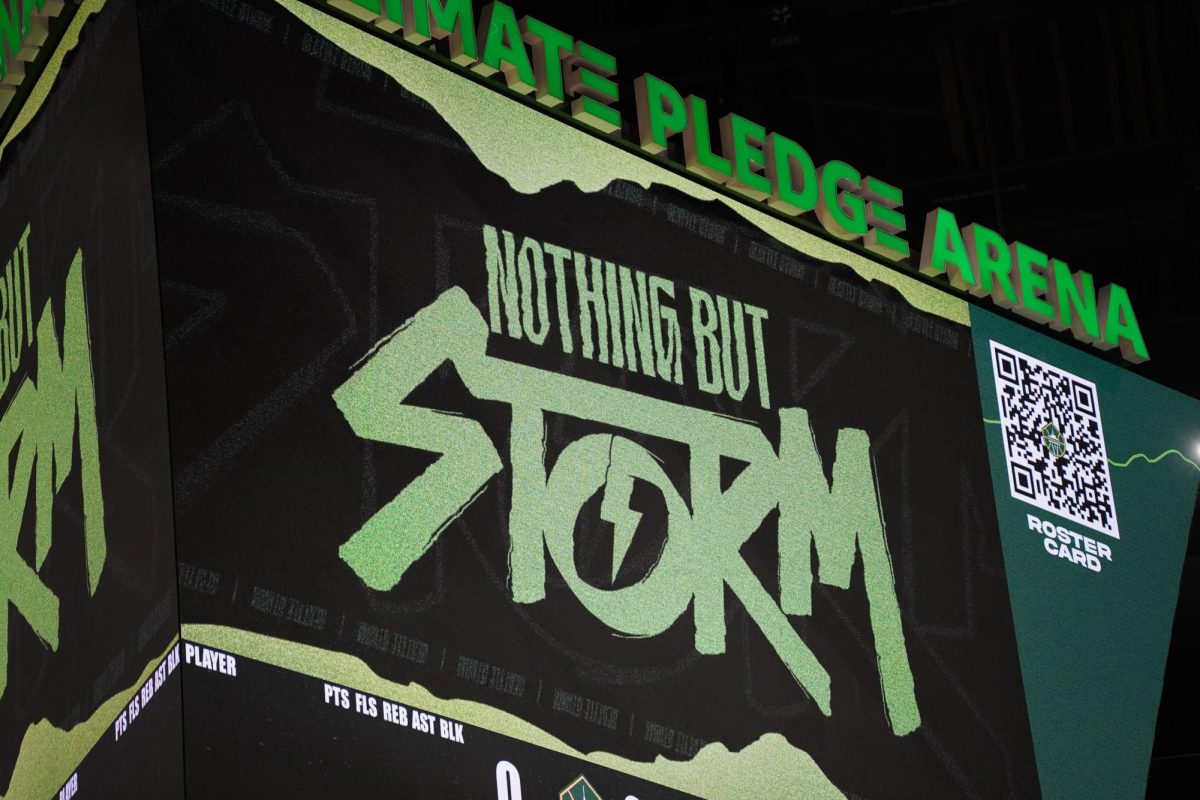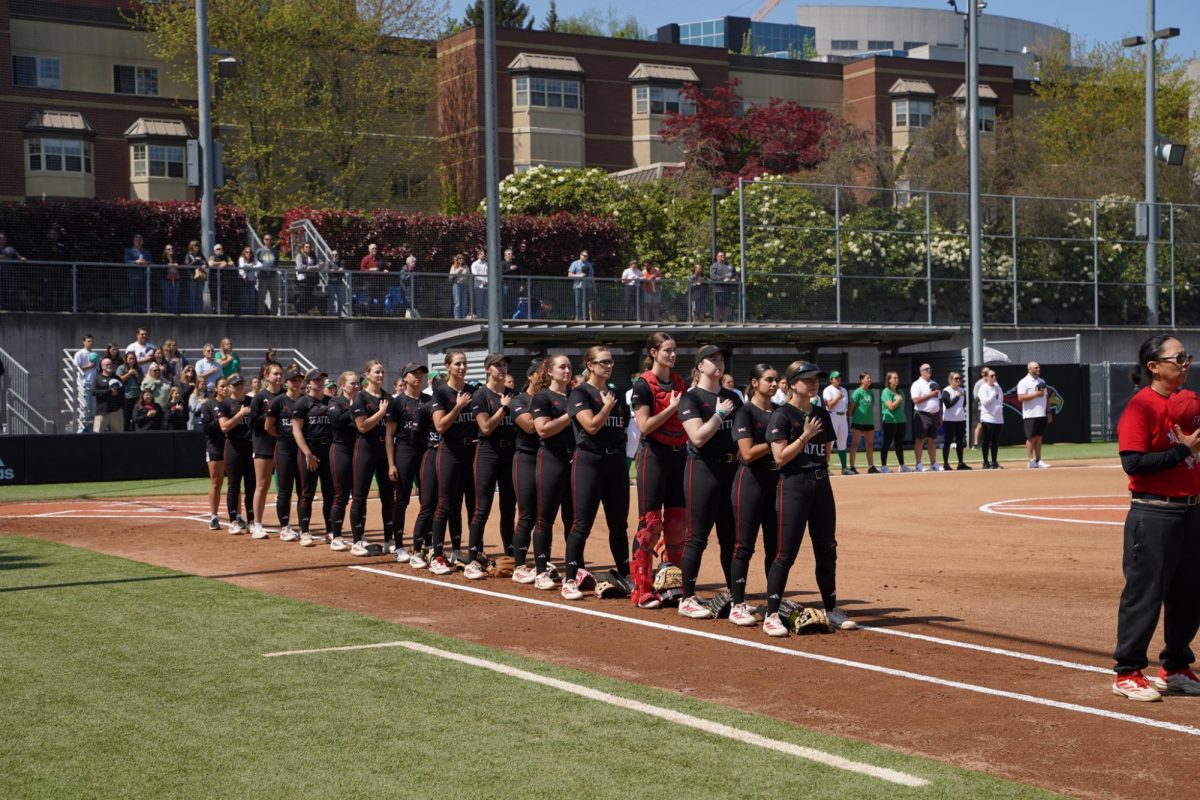With star National Football League (NFL) players like New York Jets quarterback Aaron Rodgers and Minnesota Vikings quarterback Kirk Cousins suffering Achilles tears on their home artificial turf fields this season, the debate is back.
Artificial turf or grass? Which is better? Which is safer? A question that seems cut, dry and easy to answer at first glance is more nuanced and complicated to understand clearly.
Using the NFL as an example, the argument hones in on what type of field causes more injuries. But this question does not have a definitive answer currently. According to Jackie Heeman, associate clinical professor of kinesiology and assistant athletic trainer for Seattle University, current academic literature does not show a significant correlation between non-contact injuries and the fields that they happen on.
“The conversation… ‘are we getting more injuries on turf or grass?’ is definitely a conversation that our coaches tend to have,” Heeman said. “Especially when we’re trying to decide on remodeling a field or what we want to change or what we want to adjust at a university setting.”
At Seattle U, there are both grass and turf fields. Championship Field is the primary soccer pitch with grass while Seattle University Park has a turf playing surface.
“I think the comparison would be, you run on a rug versus you run on this floor… you cut on a rug, you feel a little bit of resistance. You run and cut on grass, you may slide a little bit more into that cut,” Heeman said. “I haven’t had anyone get more injured being on turf. When we transition to the turf field for the winter, I don’t see more injuries.”
Heeman also mentions how statistics and current research that are available are mixed. In many high-profile injuries like those of Rodgers and Cousins, they have the added factor of being in their 30s. According to Heeman, this puts them at an advanced risk for injury regardless of the field they play on.
The debate is not cut and dry.
But according to an article published by the NFLPA, the statistics show that “10 of the previous 11 years show the same exact thing—grass is a significantly safer surface than turf.
Firaas Khan, a second-year business major at the Lake Washington Institute of Technology and former quarterback at Redmond High School, played games on turf fields and practiced on grass playing surfaces. He believes artificial turf shares plenty of blame for causing lower leg injuries.
“The problem with playing on synthetic [turf]… is there’s less give. Your feet don’t sink into the ground as easily,” Khan said. “Your feet and your knees, your ankles, all your joints, they have more support when you’re playing on natural grass, because there’s more give.”
Khan emphasized how this can affect an athlete’s mindset in the moment. During his high school playing days, Khan would hear of artificial turf causing more injuries and that remained in his subconscious when he took the field. On the field, when Khan had to make quick cuts and change direction though, he didn’t have time to think and recalled feeling as though blaming the turf would be an invalid “excuse” for losing yards.
Khan never suffered a major lower leg injury in his high school career, but those experiences shed a negative light on turf for him. And in the NFL, those stakes only get higher.
“That’s why I think guys in the league are making a big deal about this,” Khan said, speaking of injuries related to turf. “Guys don’t want to pay that price, especially when you get to a level like the NFL. They’re just going to play because there’s money on the line.”
As a fan of professional football, Khan also worries about how artificial turf can affect player safety and the overall viewing experience. A point of frustration for Khan comes from the fact that the 2026 FIFA World Cup will be played solely on grass fields. As such, all fields in the tournament that are composed of artificial turf will need temporary natural surfaces for the events.
“If you’re going to do that for the World Cup, how are you not going to do that for your most popular American sport?” Khan said.
While the debate will inevitably rage on in sports media and amongst fans, the nuance present in the topic of artificial versus natural playing surfaces is important to note.








